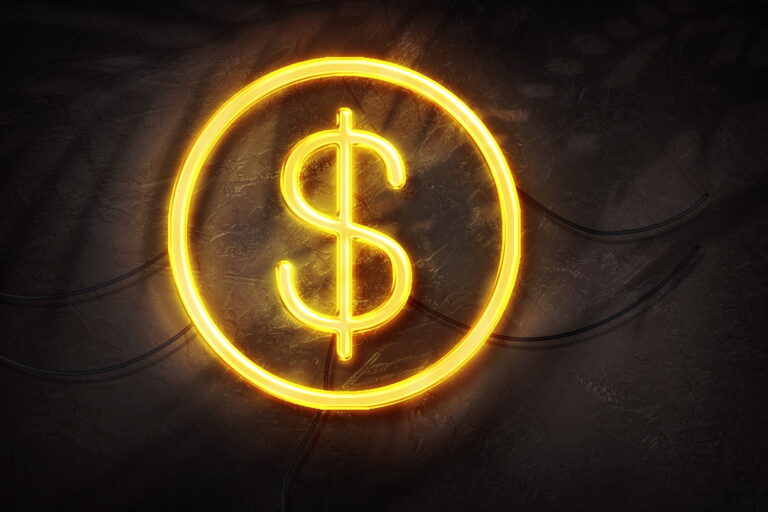The US dollar’s role as pre-eminent global currency is under pressure. Enthusiasts of BRICS (the grouping of economies that includes Brazil, Russia, India, China and South Africa) hope to displace it. The Mar-a-Lago thought-bubble hoped to diminish the dollar’s international role. Russia and Iran have made alternative payments arrangements to bypass American sanctions. China has plans to internationalise the renminbi. Now some are arguing that digital currencies – Bitcoin, stablecoins or one issued by central banks – will erode the dollar’s role.
Banks have traditionally dominated the international payments system, making a tidy profit by skimming off a tiny fraction of every transaction as it passes through their hands. Non-banks have worked themselves into the payments system by offering extra services, providing credit or convenience. Amex, Visa, Mastercard, Apple Pay, Wise, Afterpay, Alipay and WeChat have all found a niche.
Stablecoins meet the requirements of payments far better than Bitcoin, although so far they represent only a tenth of Bitcoin’s total value.
But the complex bank-based system is still at the core of international transfers, with the dollar playing a key role, as conversion between currencies (say, from renminbi to euro) is efficiently implemented via a two-stage transaction using the deep dollar market to intermediate these currencies. Around 88 per cent of international transactions involve the US dollar. Swift does the secure messaging, Fedwire and CHIPS implement the dollar leg, and a network of correspondent banks completes the transfer.
Bitcoin has staked out a role in anonymous illicit transactions (more convenient than suitcases of cash) for those wishing to avoid official scrutiny, but is unattractive for legitimate payments. It is uncertain in value, costly to transfer, inconvenient, and may turn out to be a Ponzi scheme.
Stablecoins – a digital currency with a fixed value and backed by asset holdings such as Treasury bonds – are being promoted as a means of payment, especially for international transactions. Stablecoins meet the requirements of payments far better than Bitcoin, although so far they represent only a tenth of Bitcoin’s total value. They offer the prospect of becoming a platform for technological innovation such as programable payments – payments conditional on other events, for example, such as the arrival of an import shipment. If both sender and receiver used the same stablecoins (e.g. both use Tether dollars), direct transfer across borders would be feasible, bypassing the bank-based transfer processes.
Even so, stablecoins can’t yet cope with the complexity of international transfers. Transfers are often between parties in different currencies, different institutions and different legal environments. Moreover, secure transfers have to withstand the tireless ingenuity of fraudsters. Stablecoins also don’t offer much incentive for holders. They pay no interest and don’t have the implicit insurance of banks or money-market mutual funds. They don’t have the “singleness” of the official dollar – one dollar in cash or in a bank account is exactly the same as a dollar in another bank, while a JPMorgan dollar will not be quite the same as a Tether dollar.
Central bank digital currency (CBDCs), yet another form of digital currency, may offer the best chance of taking over some of the international role of the conventional dollar. Just about all central banks already have a digital currency, which forms a core element of the domestic payments system. But only domestic banks are allowed to use it. Could it be the basis of better international payments?
Trump is an enthusiastic supporter of almost all forms of cryptocurrency, especially the meme coins that he and his family have “monetised” so profitably.
The Bank for International Settlements (BIS) – the central bankers’ “club” – has promoted mBridge to explore this use, linking different CBDCs and bypassing the current payments elements such as Swift and the dollar. With this potential threat to the dollar’s pre-eminence, the American authorities were understandably unenthusiastic about mBridge and pressured the BIS to cease its involvement. US President Donald Trump’s Genius Act specifically precludes the development of a Federal Reserve CBDC, which will constrain a CBDC-based system as foreign central banks will have no US counterparty.
Trump is an enthusiastic supporter of almost all forms of cryptocurrency, especially the meme coins that he and his family have “monetised” so profitably. This enthusiasm carries through to stablecoins, where his Genius Act will provide some sort of official regulatory seal-of-approval. The Act specifically prevents the US Federal Reserve from issuing a CBDC. This reflects not only a belief that the private sector is the font of all innovation, but also pressure from the private sector (crypto interests are major political donors). US Treasury Secretary Scott Bessent sees dollar stablecoins as enhancing the role of the US dollar through this innovation while thwarting any substantive role for the Chinese CBDC.
For all these myriad challenges, the continuing central role of the bank-based dollar payments system seems assured. The various competitors, including potentially simplified transactions using QR codes, bring more competition to bear on the incumbent system, but its response is greater efficiency and lower cost, rather than decline.
And payments is just one function that the dollar facilitates. Once a payment is received, what do you do with the proceeds? Investing in a renminbi asset embeds you in an uncertain legal framework, constrained by capital controls. A euro bond might be safe, but can’t match the liquidity of a dollar bond. The existing US financial market offers a plethora of investment opportunities, with different liquidity, risk, leverage and maturity, honed over time in a competitive environment. It will be hard to bypass or displace.
If America over-reaches with its sanctions, or if Trump trashes trust in the dollar through policy incompetence or damaging institutions like the Federal Reserve, countries will find work-around payments methods that bypass the traditional dollar-based infrastructure. But these will be clunky: the bank-based dollar’s dominance seems secure for the foreseeable future.
